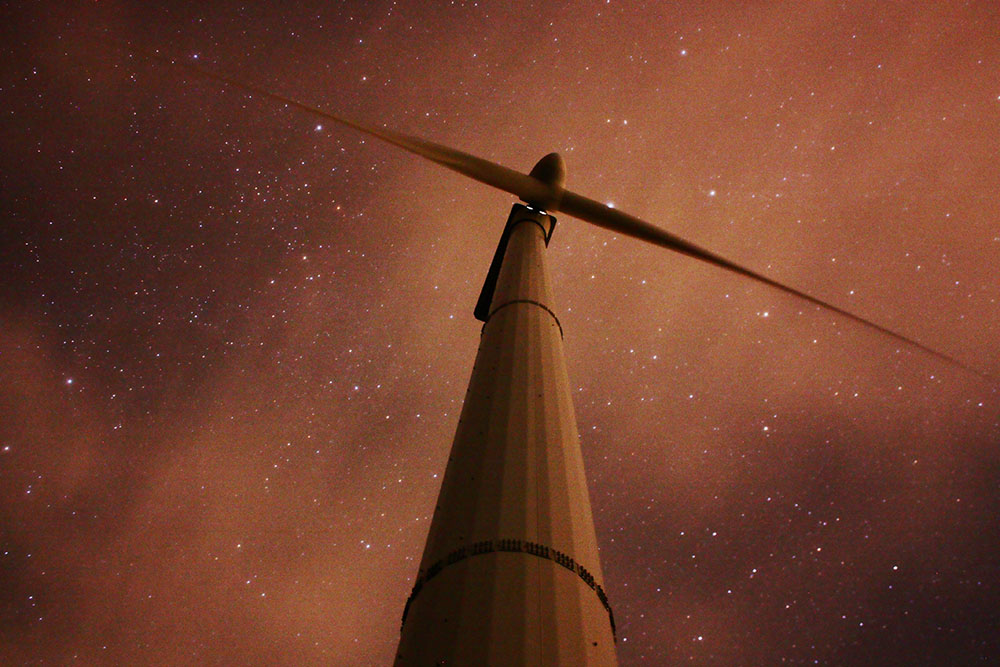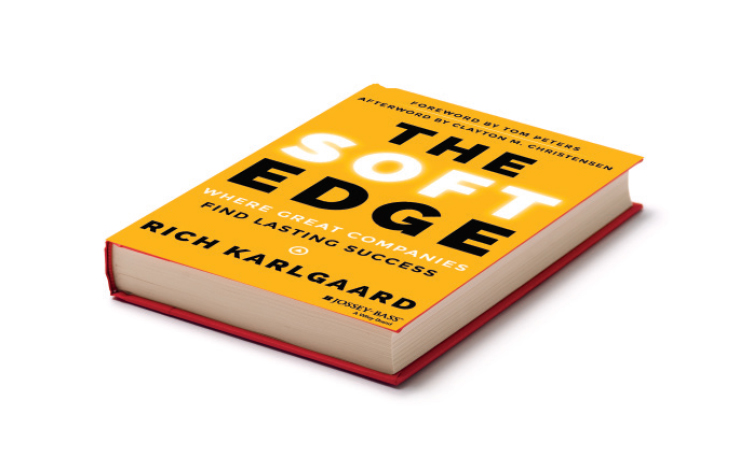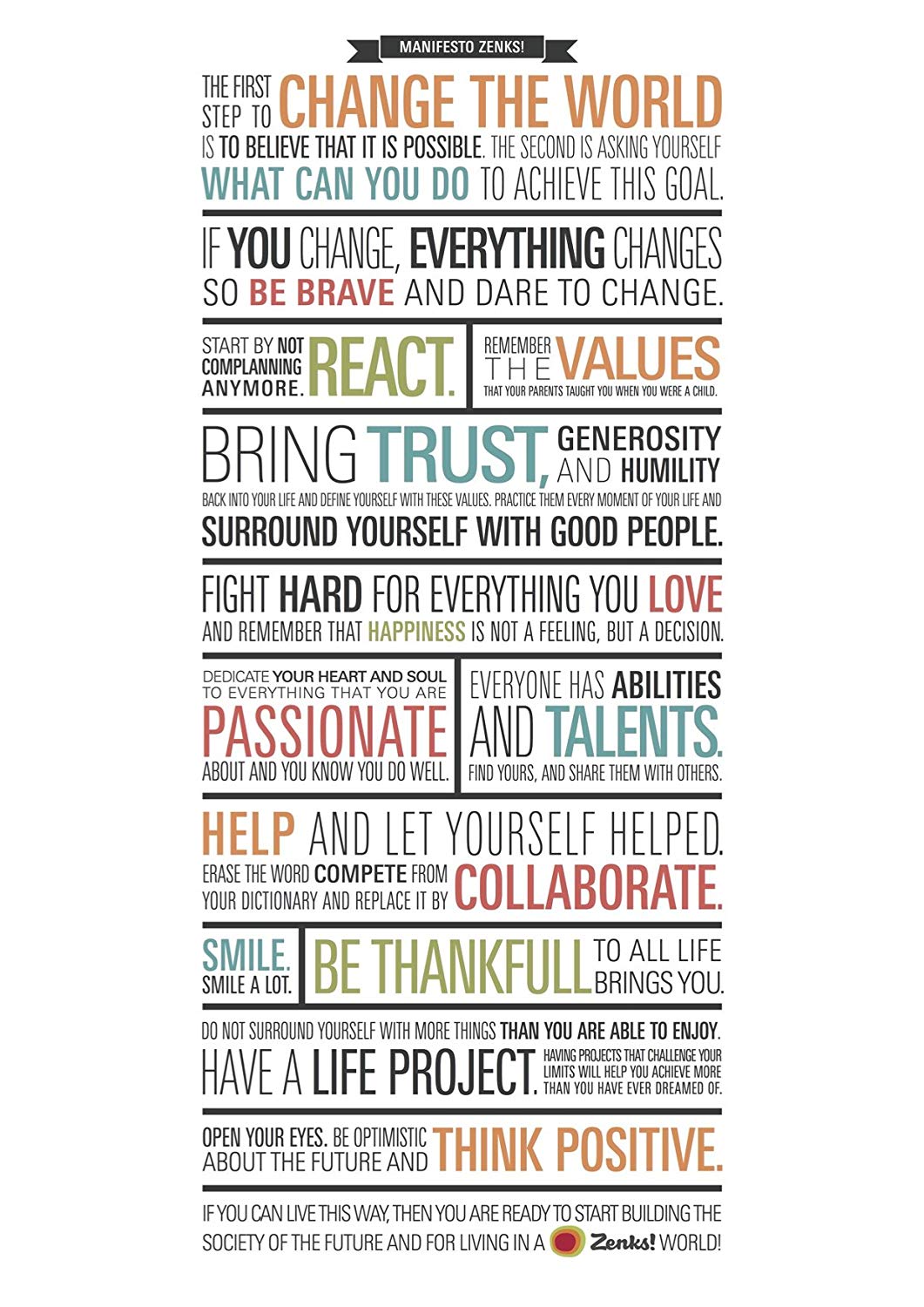We’re running towards an unsustainable future. Is it fair dad?
13 September, 2018Computational design: Where creativity and data work together
13 October, 2018
I’ve treated this subject several times in this blog. Companies around the world wants to digital transform through innovation at any cost. But few of them really know how to do it or simply are burning time and money trying to…
As Richard Karlgaard explain perfectly in his book “The soft Edge”, organizations like humans must reach the equilibrium of the triangle that defines his lasting health. In persons the sides of the triangle are mental and emotional health, physical health and social health. In organizations they turn into strategy (mental), execution (physic) and human (social). The strategy side is the place where fundamental values are founded, where the company’s vital considerations are response as what markets are we in now, who are our customers, who are our direct competitors, who are our indirect competitors or what are the technological game changers in our industry.
The most executive side, the hard edge, is the one focused to numbers management, the place where time, money and numbers language rules. It’s also where the five pillars of Hard edge defined by Karlgaard must guarantee the company’s proper operation: speed, cost, supply chain, logistics and capital efficiency.
But the one that has the value and let us orient to the enduring innovation is the “human” side, the Soft Edge. Again, Karlgaard illustrates us with the Soft Edge five pillars. The first is referred to trust, the one that has to be professed both by our external market and customers, and by our employees. Second is smarts -considering cognitive or emotional intelligence- combined with such abilities as perseverance and resilience. The third is the teams or the ability to make each other better working together. Fourth pillar is taste understood as the word Steve Jobs used to describe the sensibility and emotional engage felt by a product. And the last is referred to the story that real storytellers –not parrots- explain about our company and help us to build a strong brand.
Beyond these values and intangible factors that knock into shape the company’s magic triangle, a lot of people have still the vision of companies as a whole of processes, tools, methodologies and persons pursuing the same purpose. A serious warning for all of them: most of these ingredients are suffering –and will suffer much more- a dramatic change dragged by the unstoppable technological advance in this new Third Industrial Revolution. Which is going to be the difference once machines control everything? What does make us valuable in the times of Artificial Intelligence when robots control the execution? There’s no other response… Persons will make the difference.
So it’s clear enough that in order to transform, to endure through time and innovate we should take care of our Soft Edge. Today more than ever we must be conscious of the only source of value are the persons who make up our company. The power of their imagination, creativity, positivity, improvement… it’s the only way. In this sense, companies have to promote and take care of its human capital focusing on get bigger on two main factors: positivity and creativity. This are the foundation where the five pillars of the company human side have to be accurately built.
What does positivity mean?
Recently some of the Zenks club members came to our company to bring us a delicious speech. Their message was clear and convincing. To build a society where values like confidence, unselfishness, humility, honesty and respect were common currency. Translating this powerful desire to enterprise, that is means minimize the influence of toxic people to promote the kingdom of positive ones.
Maybe the best way to understand it is reading their manifesto, an absolute clear call for action:
“The first step to change the world is to believe that is possible. The second is asking yourself what can you do to achieve this goal. If you change, everything changes. So be brave and dare to change. Start by not complaining anymore and react. Remember the values that your parents taught when you were a child. Bring trust, generosity and humility back into your life and define yourself with these values. Practice them every moment of your life and surround yourself with good people. Fight hard for everything you love and remember that happiness is not a feeling, but a decision. Dedicate your heart and soul to everything that you are passionate about and you known you do well. Everyone has abilities and talents. Find yours, and share them with others. Help and let yourself helped. Erase the word compete from your dictionary and replace it by collaborate. Smile. Smile a lot. Be thankful to all life brings you. Do not surround yourself with more things that you are able to enjoy. Have a life project. Having projects that challenge your limits will help you achieve more than you ever dreamed of. Open your eyes. Be optimistic about the future and think positive.”
The essence of innovation is knowing we can change the world. The desire to do that only can arrive from positive people that never give up, that see the good side and keep calm in adverse moments, that never criticize or prejudge, that don’t take decisions in advanced only because it’s the shortest and easiest path. At this point I would like to give a strong recommendation to everybody who never has been in touch with: go into Mindfullness and practice it in the way you feel comfortable with.
What does creativity mean?
Creativity is not a talent. It’s a way to operate. Something interesting is that creativity is absolutely unrelated to IQ. The difference between most creative people and the rest come from their strange ability to getting into particular mood, a special ability to play.
Human being works only in two modes, open and closed. Closed mode is where we stay most of the time at work. It’s the active mode, a kind of exciting and pleasant anxious mode. While we’re on it we feel impatient, purposeful, stressed –more or less, it depends on everybody…- and with little tension. It’s a mode with no much space for humor.
As opposed to closed mode, the open one is more relaxed and expansive. Maybe it’s less purposeful but with wider perspectives and more oriented to explore and be curious. It’s the perfect mode to play, smile and humor.
Obviously creativity born from open mode. It’s the ideation and innovation mode. Once we’ve got the idea or we’ve took the decision, we must to change quickly to closed mode in order to execute as good as we can. Arriving to this mode it’s not something immediate. It takes its time and few steps. John Cleese, member of never unequalled Monty Python, described perfectly the process some years ago in a Conference in London about creative leadership.
The first step is to obtain a quite space where people can be undisrupted. Second one is to have time available to defeat the sometimes unstoppable desire of come back to the purposeful and active closed mode. At this moment we’ve achieved a precious space and time oasis where we can romp as much as we want. The third is to get more time to achieve an original idea. People usually is okay with the first to avoid the discomfort and anxiety that we all experienced when we haven’t solved a problem. And this is the big difference. The most creative have learned how to manage and tolerate this discomfort. They are who contribute with the most valuable, original, disruptive and innovative ideas. Not who bring them first. The fourth step is to generate the proper confidence ambient where anything it’s possible. All that happens at this point will be okay, no rules in there. We can say whatever we want without fear, no mistakes in there. Anything contributes. Lastly, we need humor to win the antagonistic resistance to solemnity that surrounds the “serious” decision-making process. What the magnificence and solemnity is for? Is it useful into the creative and innovation process? I don’t think so…
Stimulate creativity into the open mode is play and laugh. It’s the best way to experiment and seek innovative ideas. And all this process has to be done in an absolute positive mood. During the process no question is possible. When we play nothing is wrong. But in the other hand we can not forget that all is changing. During centuries the illustrate thinkers that moved the world did their job in quiet ambient. There was places where they could sit, relax and think. But these erudite persons did all this work mainly alone, something that difficult and braked to find all the puzzle pieces. Today innovation is based on a hyper connected world. Everybody is hyper distracted. Everybody has the chance to find the pieces very fast… but is today when we should learn to isolate our brain to achieve this particular mood that differentiates creative people.
But don’t get me wrong. In this post I’m not referring to “Flower Power” applied to enterprise. We should continue with the execution when it’s necessary. And we have to do it well… The weight of both sides of the triangle –Hard Edge and Strategy- need to be adjusted to the rapid industry changes and our innovation needs to be sustainable in time. And that’s mean to identify, capture, retain, take care and spur properly to our positive and creative people because they will be who take the company through a real enduring innovation path. I repeat like a mantra: we must to take care and make grow our Soft Edge. And to do that we have to create the space, time, confidence and humor proper conditions.
Let’s to be spontaneous to defeat reason and solemnity. If we want positive and creative people give them enough space and time to play. Only in this way innovation and sustainable value will be possible in our companies.








